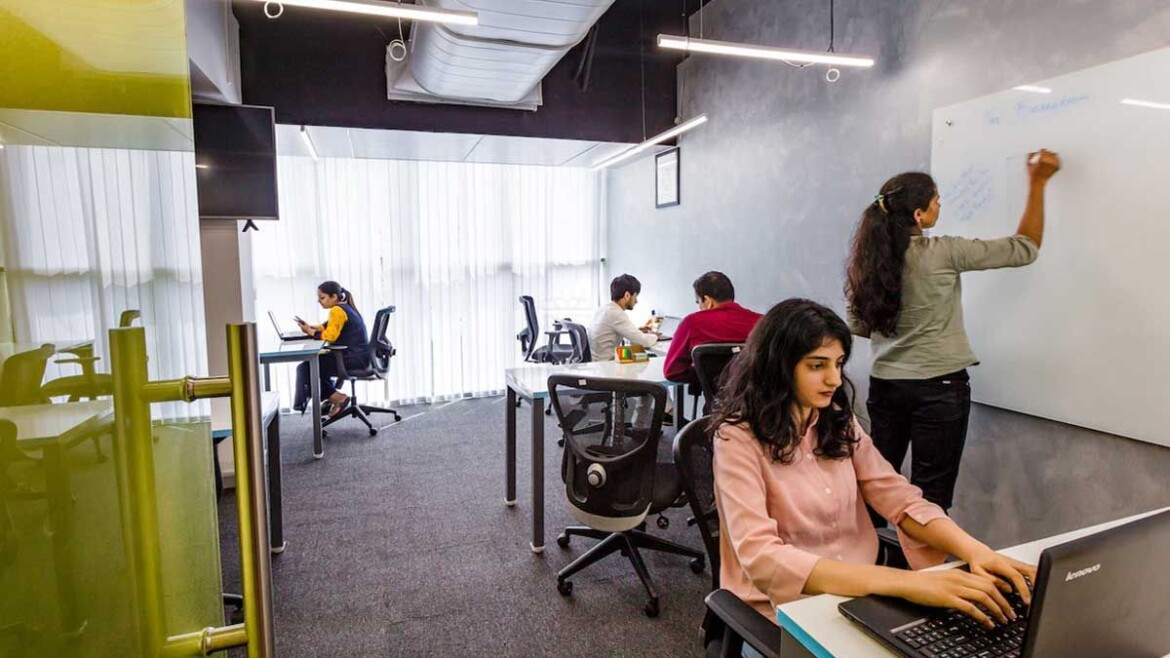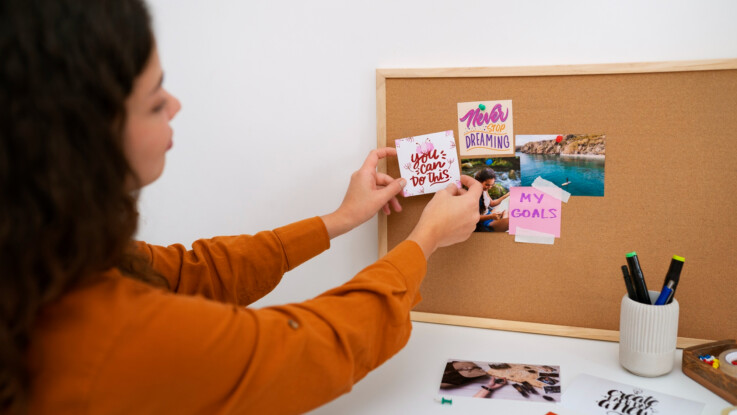Here’s a blog post titled “Creative Workspaces: Designing Environments That Spark Innovation”, perfect for coworking spaces, design teams, or any organization aiming to fuel imagination and productivity.
Creative Workspaces: Designing Environments That Spark Innovation
In the modern work world, creativity isn’t optional—it’s essential. Whether you’re designing products, writing code, building brands, or launching startups, your ability to think differently and solve problems creatively often defines your success. But here’s the secret: creativity isn’t just about talent—it’s also about environment.
A creative workspace isn’t just a room with funky furniture or exposed brick walls. It’s a place intentionally designed to inspire ideas, reduce mental clutter, and support creative flow. And when done right, it can dramatically improve how people think, collaborate, and create.
1. What Makes a Workspace “Creative”?
A creative workspace stimulates the senses, encourages expression, and removes the friction that blocks new ideas. It’s:
-
Visually inspiring
-
Flexible and adaptable
-
Comfortable and energizing
-
Designed to support collaboration and deep focus
It doesn’t have to be expensive or extravagant—it just needs to spark imagination and make people feel like they can think freely.
2. Key Elements of a Creative Workspace
Visual Inspiration
Creative people are visual thinkers. Include art, murals, idea boards, natural elements (plants, wood, light), and color schemes that energize without overwhelming.
Flexible Layouts
Creativity doesn’t like rigid systems. Modular furniture, movable walls, or zones for collaboration and quiet time allow people to use space how they need to in the moment.
Tools at the Ready
Provide easy access to whiteboards, sticky notes, markers, tablets, fast Wi-Fi, and idea capture tools. Don’t make creativity wait on logistics.
Acoustics Matter
Sometimes you need buzz; other times, you need silence. Use acoustic panels, quiet zones, and music-friendly spaces to help manage the sound environment.
Natural Light and Airflow
Poor lighting and stuffy air kill creativity. Use large windows, open spaces, or soft artificial lighting to keep the space breathable and bright.
3. Creative Workspaces in Coworking Environments
Coworking spaces are naturally suited to creativity because they:
-
Bring diverse people together (cross-pollination of ideas)
-
Encourage experimentation and collaboration
-
Offer non-traditional layouts and shared creative tools
-
Include community events like workshops and pitch nights
Some even feature makerspaces, VR labs, podcast booths, or design studios, catering specifically to creatives, innovators, and entrepreneurs.
4. Culture Fuels Creativity Too
Physical space matters, but so does psychological safety. A truly creative workspace also:
-
Encourages people to take risks without fear of judgment
-
Welcomes feedback and diverse opinions
-
Celebrates ideas in their earliest form—even the rough ones
-
Values play, experimentation, and curiosity over perfection
Creative culture + creative space = serious innovation potential.
5. Small Changes, Big Impact
You don’t need a complete redesign to boost creativity. Try:
-
Setting up a “thinking corner” with comfortable seating and a view
-
Adding an idea wall or a collaborative pinboard
-
Using ambient music and scent diffusers to enhance mood
-
Hosting occasional “free-thinking Fridays” or creative jam sessions
Even subtle shifts can break routine and open new creative pathways.




